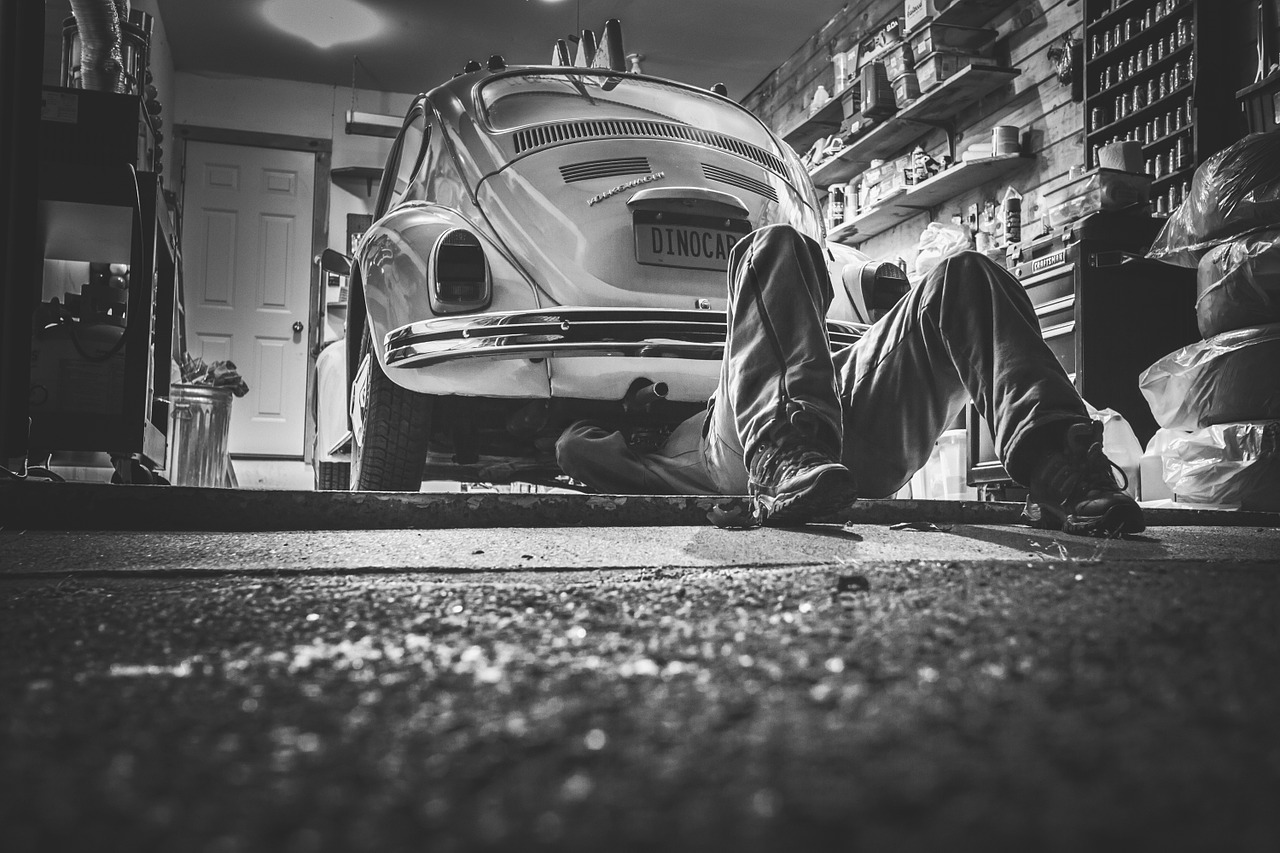With the recent bad weather in many parts of the UK, we’ve already grown accustomed to seeing news reports that show British towns and cities looking more like the canals of Venice.
Unfortunately, we drive cars, not gondolas – and those same news reports have shown shocking scenes with car roofs barely visible over the water level, and not visible at all in some places.
While you would hope all of these vehicles will be protected by insurance, nobody would want to unwittingly become their next owner – so how can you avoid buying a flood-damaged car in the weeks to come?
1. Too good to be true?
First of all, as is always the case when buying a used car, look out for a deal that simply seems too good to be true.
If the price is way too low for the quality of the car, and you are not very closely acquainted with the seller and aware of any special circumstances as to why, then it’s sensible to be highly suspicious.
Remember, cars that were driven down flooded roads, or parked in fairly low-level floods, may not appear extensively damaged, but corrosion can occur later that dramatically affects their value.

2. Signs of damp
It might sound like stating the obvious, but keep in mind that if the car was severely flooded, there may still be signs of damp.
A musty smell alone can be cause for concern, but look out for watermarks on the upholstery, and try to check in nooks and crannies for moisture, or for signs of sediment under cushions and floor mats.
3. What lies beneath?
You should be allowed to look under the car before agreeing to buy it – and if the seller won’t let you look, that in itself is probably a sign that you should walk away.
Consider the age of the car, and of any component parts like the brakes and suspension, and if there’s an unusually high level of corrosion, exercise caution.

4. Hold the mayo
A very clear indicator of moisture is a mayonnaise-like substance on the underneath of the oil filler cap, a sign of water having found its way into the engine.
You should, again, have an opportunity to check the engine before making the purchase – so make sure this is on your checklist of places to look at, if you’re concerned about possible flood damage to the vehicle.
5. Spark it up
Start any test drive with the engine switched completely off, and look out for dashboard warning lights – or no lights at all! – when you turn the ignition key.
Check the stereo, the heaters and ventilation, the electric windows, and so on. Water is likely to have fried at least some of the circuitry, so if anything isn’t working right, that is a clear warning sign.
Final Checks
You don’t have to rely on your own detective skills – you can use a third-party vehicle history service to check whether the car has been declared as unfit to drive.
The log book should also be available to you as part of the purchase, so check that too to see if the vehicle has been written off – and if the facts don’t stack up, be ready to walk away.

